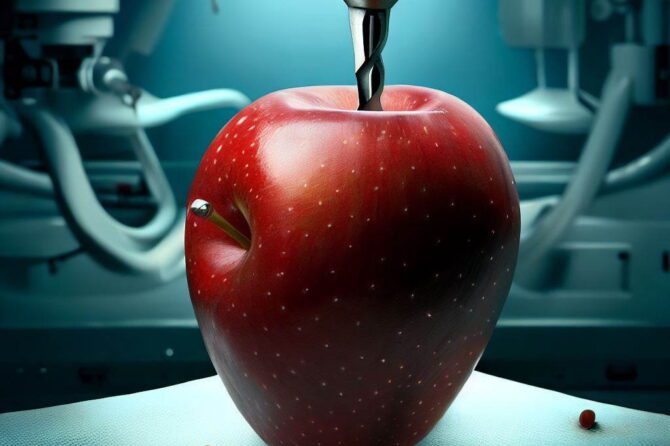
What is the Gips Procedure, and Does it Work?
The Gips Procedure is one of the many pilonidal operations that fall into the “minimally invasive pilonidal surgery” category.
This procedure is a modification of the Bascom pit picking procedure, and it was described by Dr. Moshe Gips, from Israel, in an excellent paper from 2008.
He modifies the pit picking operation by using trephines (dermatome punches) to core out midline pits, follow their tracts, and remove all debris and cavity walls from cysts and sinuses. He leaves the openings created by these punches open to heal without suturing them closed.
His reported series from 2008 included 1,358 patients. He found that 4.4% of patients did not heal from the surgery and required additional procedures. Telephone interviews were performed in 85.8% of the remaining patients and they found a recurrence rate in these patients of 16.2%. Recurrences were noted between 1 month and 11 years post op, but 81% of the recurrences occurred within 5 years of the operation.
It should be noted that Dr. Gips has a few postoperative routines that are part of his treatment protocol:
- Patients are kept on their back for observation for one hour after the procedure.
- Patients are instructed to shower several times daily starting the day after the operation.
- A bulky dressing is placed between the gluteal cheeks, and securely taped in position for some time after the operation.
- Patients returned to the clinic for follow-up every 1-2 weeks for wound debridment and shaving of the area.
A recent meta-analysis of the Gips procedure has been published
A meta-analysis is a statistical study combining the results of multiple studies in order to come up with conclusions that may be more significant than any of the individual studies alone. So, these studies include surgeons other than Dr. Gips, who are performing this operation.
In this analysis thirteen observational studies with a total of 4,286 patients having a Gips procedure were studied. The basic statistical result was that the recurrence rate was 38.9% after more than 2 years of surgery. The conclusion of the study is that: “Despite apparent favorable outcomes of the Gips procedure, there is a high recurrence rate over time.”
So, is the Gips procedure worth trying?
That is a great question, and is something that an educated patient needs to decide for themselves. A reasonable ballpark figure to use for any of the minimally invasive operations is that the failure rate is somewhere between 30-60%. This means that out of three patients, one or two will ultimately fail and require another procedure. Whether it is worth a try is a personal choice. (Also, keep in mind that not all presentations of pilonidal disease are appropriate for the minimally invasive operations.)
A cleft lift done by an experienced pilonidal surgeon would be expected to have a failure rate around 2% in the kinds of patients who are candidates for a Gips procedure. Each patient has their own feeling about this difference in failure rate, and proceeding with either option is reasonable. Fortunately, having a failed Gips procedure does not usually make a subsequent cleft lift more difficult.
Because of the high failure rate of the minimally invasive procedures, we do not perform them in our clinic anymore, but if you can find a surgeon skilled in any of the techniques, it is a reasonable option.
